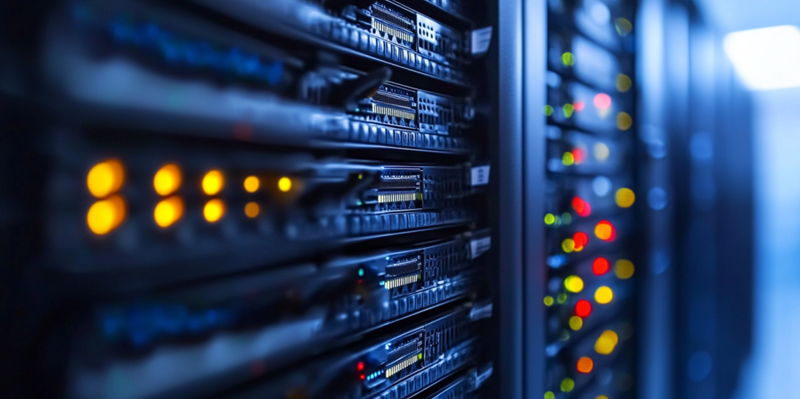Imagine discovering that your trusted PostgreSQL database, which stores critical organizational data, has a high-severity security flaw that could allow unprivileged users to execute arbitrary code or access sensitive information. This concerning scenario has become a reality with the identification of CVE-2024-10979, a significant vulnerability in the PostgreSQL open-source database system. Assigned a Common Vulnerability Scoring System (CVSS) score of 8.8, this flaw has made it possible for attackers to alter environment variables, an issue stemming from incorrect control mechanisms in the software.
At the core of the problem is PostgreSQL PL/Perl, a procedural language interface for embedding Perl in the database server. The vulnerability permits an attacker to modify sensitive process environment variables like PATH. This ability to alter environmental parameters without possessing database server operating system user privileges puts systems at considerable risk. If successfully exploited, the flaw enables the execution of unauthorized code or malicious queries, potentially compromising the entire database and exposing sensitive information stored within it.
The Severity and Impact of CVE-2024-10979
The cybersecurity landscape has taken a significant hit with the discovery of CVE-2024-10979, a flaw that could have severe repercussions for institutions relying on PostgreSQL for data management. Discovered by researchers Tal Peleg and Coby Abrams from Varonis, the vulnerability has been recognized for its potential to execute harmful codes and retrieve sensitive data. Consequently, addressing this issue urgently is crucial to maintain the integrity and security of affected systems.
The flaw has been addressed in several released fixes for PostgreSQL versions, including 17.1, 16.5, 15.9, 14.14, 13.17, and 12.21. These updates aim to correct the improper control of environment variables, thereby neutralizing the threat. It’s essential for users to promptly apply these fixes to safeguard their databases against potential exploits. With environment variables being user-defined values dynamically fetched during program runtime, the level of access gained by attackers through this vulnerability is particularly concerning.
Mitigating CVE-2024-10979: Steps to Take
Organizations must immediately assess their PostgreSQL deployments for susceptibility to CVE-2024-10979 and apply the necessary security patches. Promptly implementing the updates released for the affected PostgreSQL versions can significantly reduce the risk of exploitation. Beyond patching, enterprises should also review and tighten their database security configurations, ensuring minimal privilege access models are adhered to, and environment variables are adequately secured.
Continually monitoring database activity for suspicious behavior and conducting regular security audits are crucial practices in maintaining robust defense mechanisms against such vulnerabilities. By staying proactive and vigilant, organizations can better protect their critical data assets and sustain trust in their PostgreSQL database systems.

